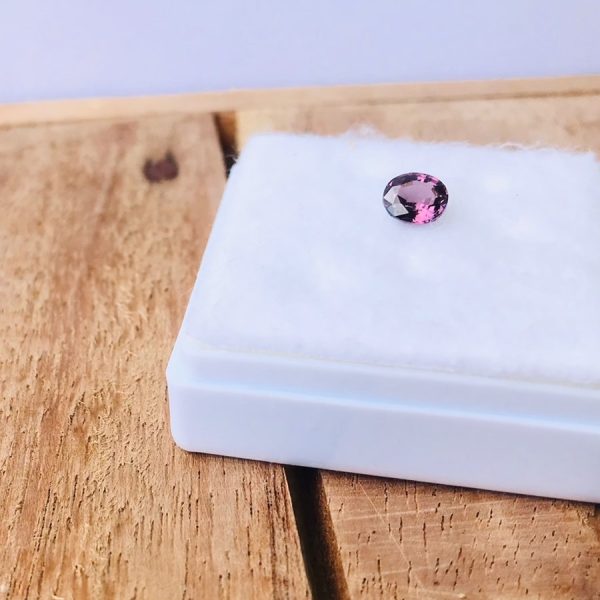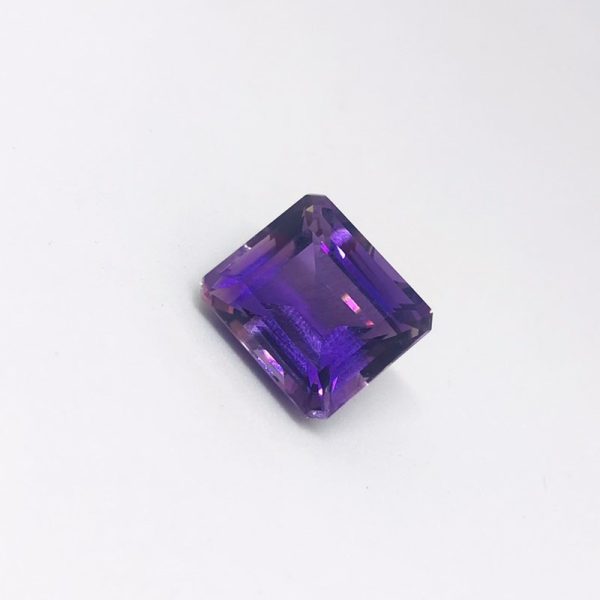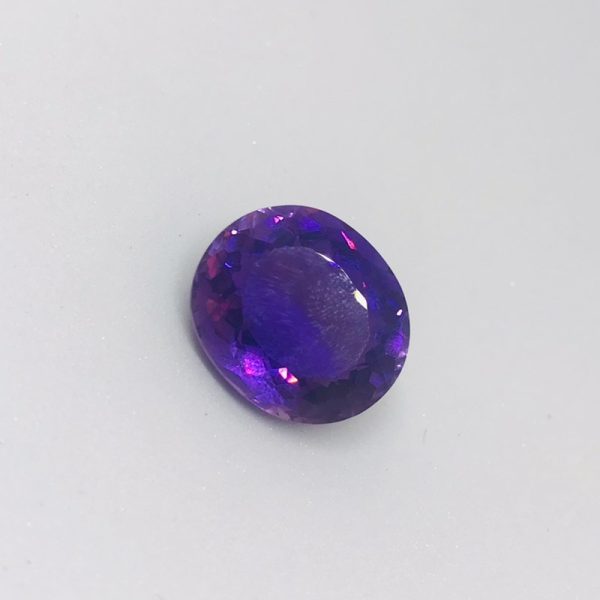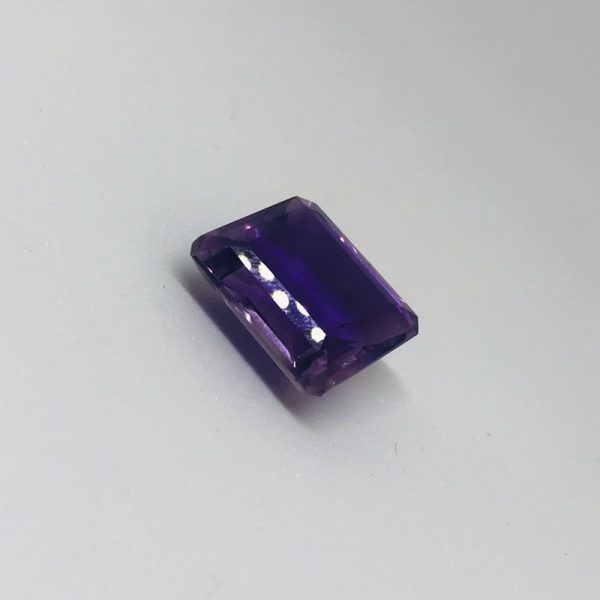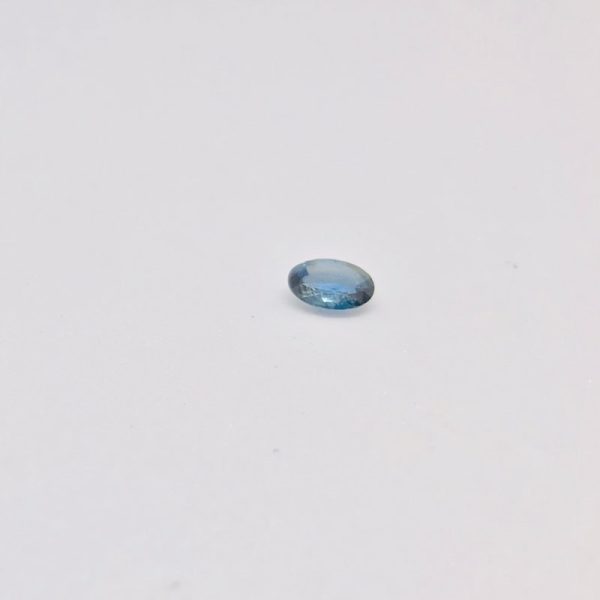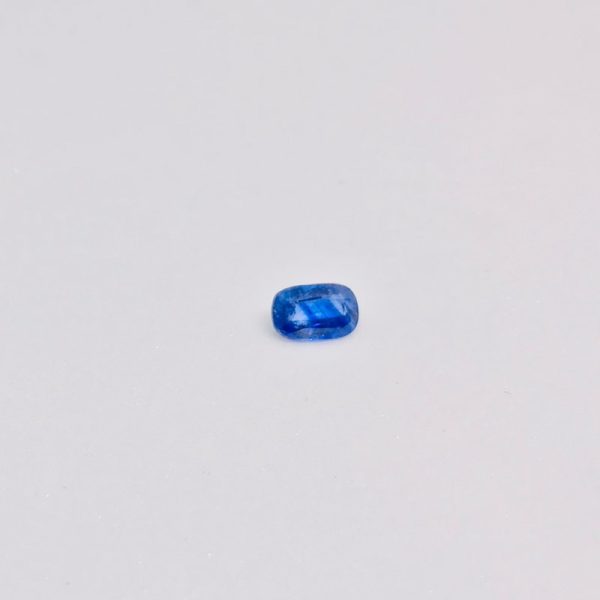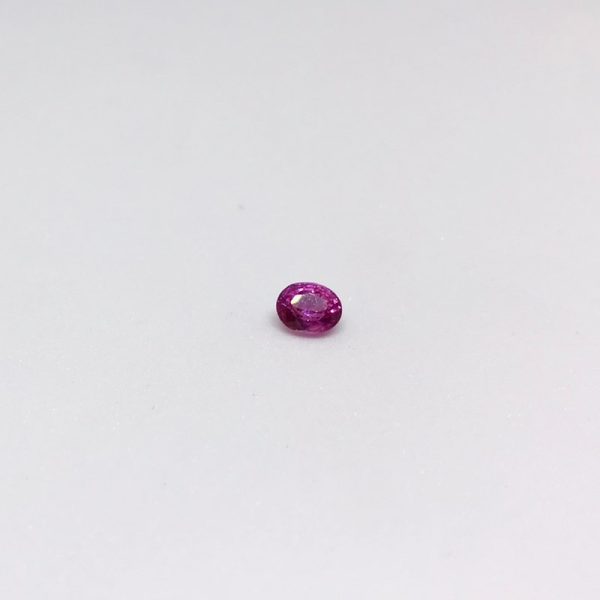The Pros and Cons of Lab-Grown Gemstones: What You Need to Know
The Impact of Lab-Grown Gemstones on the Industry
The jewelry industry has traditionally relied on natural gemstones for centuries. However, in recent years, the emergence of lab-grown gemstones has disrupted the industry in several ways. These man-made gems offer an alternative to naturally occurring stones and are marketed as more ethical, sustainable, and affordable. But what are lab-grown gemstones, and how are they changing the jewelry industry?
What Are Lab-Grown Gemstones?
Lab-grown gemstones, also known as synthetic or cultured gemstones, are created in a laboratory using advanced technology to simulate the natural conditions that produce gemstones in the earth’s crust. They are chemically and optically identical to natural gems and can be made in a variety of colors, including diamonds, sapphires, emeralds, and rubies. The process of creating lab-grown gemstones involves using a tiny diamond seed and placing it in a chemical reactor. The reactor then creates an environment that mimics the conditions found in nature, causing the diamond seed to grow and form a crystal.
Benefits of Lab-Grown Gemstones
One of the most significant benefits of lab-grown gemstones is their affordability. Synthetic gems are often priced at a fraction of the cost of natural stones, making them accessible to a wider range of consumers. Additionally, lab-grown gemstones are often marketed as more ethical and sustainable than their natural counterparts. Since they are created in a laboratory, there is no need to mine the earth for these stones, reducing the environmental impact of the jewelry industry. Synthetic gems also offer a consistent quality, allowing jewelers to create pieces that are more uniform and match the desired specifications.
Drawbacks of Lab-Grown Gemstones
While there are benefits to lab-grown gemstones, there are also several drawbacks. One of the main concerns is the impact on the traditional gemstone industry, which relies on the natural supply and demand of gemstones. The rise of synthetic gems has created a supply glut, leading to a drop in the value of natural stones and causing a ripple effect throughout the industry. Additionally, lab-grown gemstones may lack the sentimental value that natural gems hold, as they are not formed in the earth’s crust and do not have the same historical significance.
Another drawback is that lab-grown gemstones are not entirely free from ethical concerns. While they may not contribute to the environmental damage caused by mining natural stones, the production of synthetic gems still requires energy and resources. Additionally, some synthetic gems may be marketed as natural, causing confusion among consumers and potentially leading to fraud.
Final Thoughts
The rise of lab-grown gemstones has brought significant changes to the jewelry industry. While synthetic gems offer an alternative to natural stones, they are not without their drawbacks. Consumers should weigh the benefits and drawbacks of lab-grown gemstones and make an informed decision about which type of gemstone is right for them. As the technology continues to advance, it is likely that the debate over the impact of lab-grown gemstones on the industry will continue.
-
1.30Ct Oval Green Tourmaline Cut Natural Gem from Ceylon
$135.00 -
1.40Ct Natural Purple Spinel – Excellent Cut and Clarity from Sri Lanka (Ceylon)
$345.00 -
Amethyst 19.9Ct
$145.00 -
Amethyst 22.35Ct
$175.00 -
Amethyst 31.8Ct
$220.00 -
Blue shappire Natural 0.9Ct – Sri Lanka
$230.00 -
Ceylon Natural Blue Shappire 1.3Ct
$240.00 -
Ceylon Pink Sapphire 0.65Ct
$195.00 -
Ceylon Pink Sapphire 1.10Ct
$380.00




